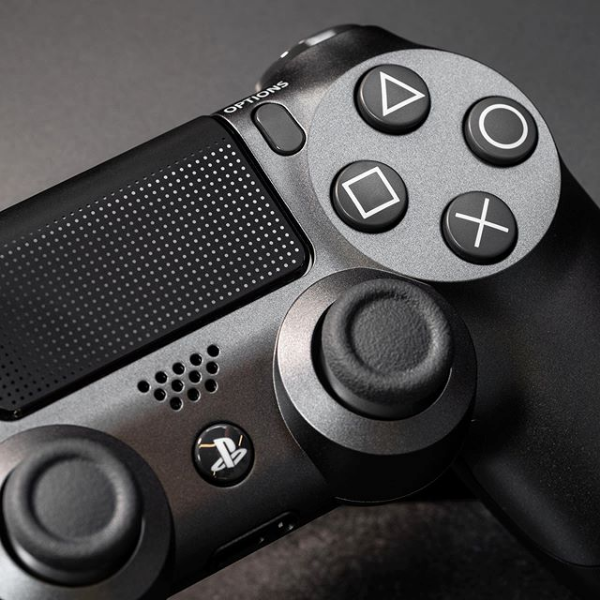
Sony finally unveiled the launch window and release date of their highly anticipated PlayStation 5, the successor to the company's PlayStation 4, which has recently become the second best-selling console of all time.
In a blog post on their official website, Jim Ryan, president, and CEO of Sony Interactive Entertainment, revealed that the next-generation PlayStation 5 will be launching during the holiday season of 2020.
The blog post states that they will reveal additional features in the future, but have released two new details regarding the PlayStation 5's new controller. The first of which is the adaptation of haptic feedback. This will replace the rumble technology that has been featured in DualShock controllers since the time of the first PlayStation. According to the blog post, the new technology will allow players to feel "a broader range of feedback." The second detail is an upgrade on the trigger shoulder buttons. These new buttons are called adaptive triggers, whose resistance can be adjusted by the developer to give players more tactile sensations.
The blog post ends with Ryan stating that while the PS5 is in the future, they still have some blockbuster games for the PS4 in the future, including Death Stranding (which has been released recently), The Last of Us Part 2, and Ghost of Tsushima.
What we know of the PlayStation 5 so far
While Sony has yet to reveal the official specs of the PlayStation 5, we do have some idea of what the PS5 will have. To start off with, Sony is sticking with its partnership with AMD. In an interview with Lisa Su, AMD's CEO, she revealed that the semiconductor company is indeed designing and producing the CPU and the GPU. We also know that the CPU used will be based on the recently launched Zen 2, as reported by Famitsu, and will sport eight cores and 16 threads. The GPU, while no details are officially known, are speculated to be based on AMD's newest graphical architecture, RDNA. AMD released its first RDNA products this year, the 5700 and 5700 XT, with the 5500 soon to follow. While these cards do not support ray tracing, The PS5 has been reported to do so. It is then speculated that the exact chip that the PS5 will use is either the next generation of RDNA chips or a custom chip based on the existing 5700.
In an interview with Wired, Mark Cerny, a lead system architect for the PS5, was most excited about the power and possibility of SSDs. He states how an SSD can make life much easier and simpler for gamers. For example, he says that it is possible for someone to install certain components of a game (single player or multiplayer), allowing faster installation times and better memory management.
Earlier this year, footage from Wall Street Journal reporter Takashi Mochizuki leaked that the PS5 was able to load a level of the PS4 version of Spiderman in just under a second, with the PS4 taking more than eight seconds to load the same level.
There are also leaks of what the PS5 devkit looks like. While devkits have similar hardware to the ones that eventually end up in the final console, console developers are known to send updated versions of these devkits whenever they change something in the console's design.
See also: PlayStation 5 Leaks Offer A Glimpse Of Its Sleek New Look









